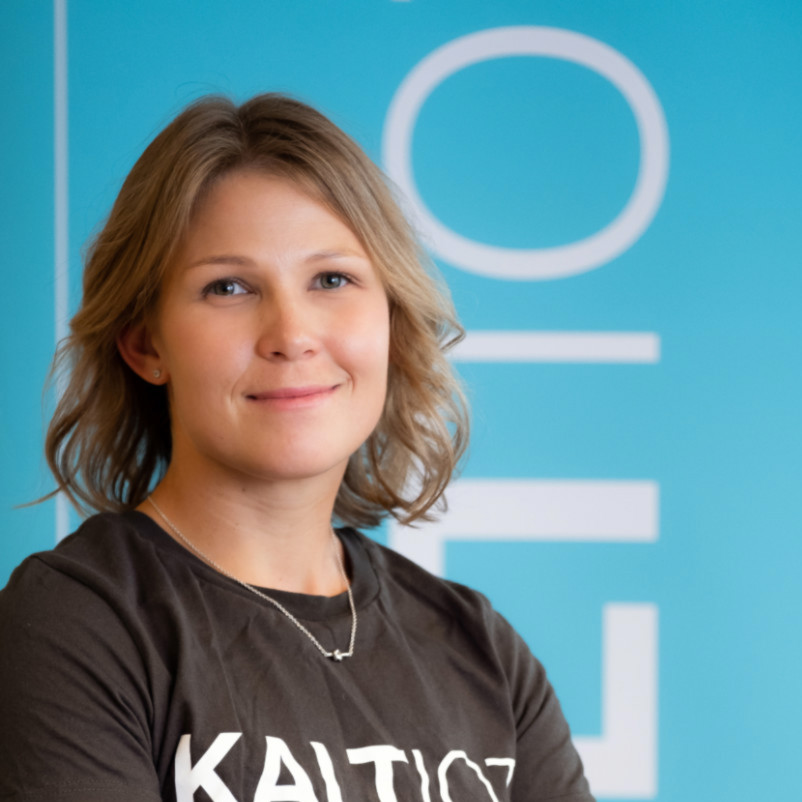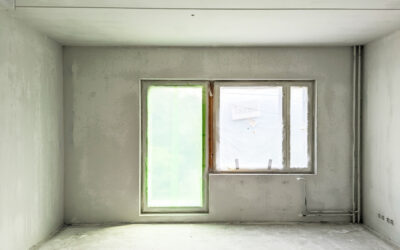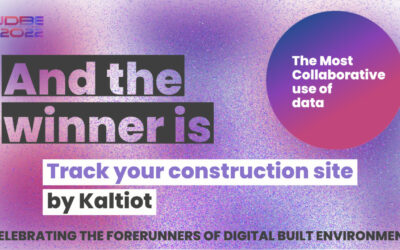Rising raw material and energy prices are forcing construction companies to think more carefully about their budgets and where they can save money. One potential savings area that few construction companies currently exploit is the optimisation of heating costs during the construction phase.
In a large site, hundreds of thousands of euros will be spent on heating and drying during the project. Optimizing heating costs can save tens of thousands of euros. Regardless of whether you heat the building with fuel oil, geothermal energy, district heating, direct electric heating, or LPG, heating will put a big dent in your project budget.
Optimisation means heating only what is needed, getting the building dry as quickly as possible, and avoiding waste heat. However, this does not mean leaving the premises damp or lowering the working temperature.
Without optimising heating and drying, the following situations are often encountered: some rooms or apartments fall behind in the project schedule when they have to be dried for several weeks longer than others. The apartment building’s doors are left open at night and on weekends. The results of concrete humidity testing are surprising. No one has a clear estimate of when an apartment or floor will dry out.
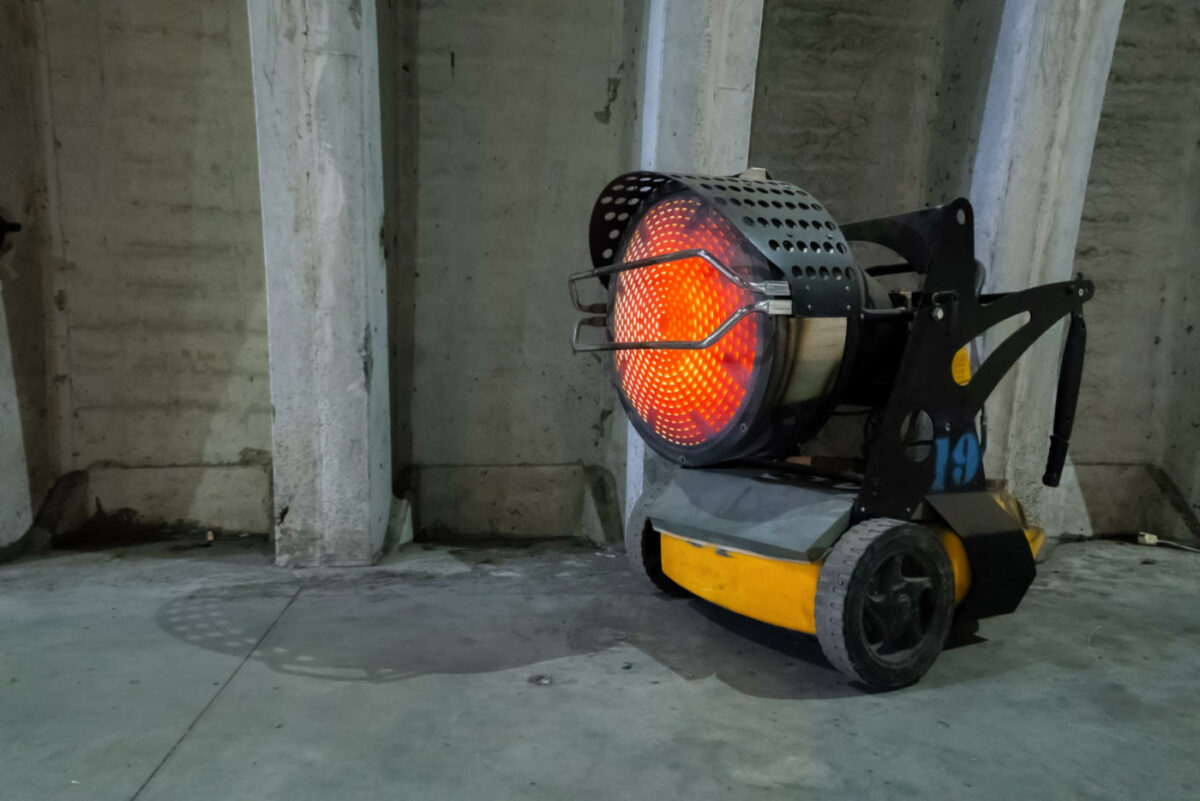
How can you optimise your use of heating energy?
To optimise the use of heating energy, information on the temperature and humidity of different spaces is needed. You need both real-time data on the current situation as well as historical data from recent days and weeks. If the humidity content in an apartment has stayed high for weeks, there’s a strong chance it’s not drying!
For example, you might also find that a certain apartment at the end of the hallway has poor ventilation. Once the problem is detected, you can fix it by increasing ventilation in that apartment or bringing an absorption dryer there.
Knowing the temperature and humidity of each apartment allows heating equipment and dryers to be moved directly to the right places as needed, and to correct inadequate ventilation or an incorrect pressure ratio. Reducing the drying time can speed up the completion of a project. The days saved heating the construction site add up to significant energy savings.

To get this data, you’ll need to install an IoT remote air monitoring solution. Our own solution, Kaltiot Smart Tracker, starts collecting data from the moment each sensor is installed. It includes an easy dashboard to monitor and compare drying conditions in different rooms.
How much can you save?
If an open external door or a leak is detected quickly, heat cannot escape. For example, in a 6-storey block of flats, a door left open when the outside temperature is 10 degrees below zero lets around 130 kilowatts of heat escape, which means a loss of €749 per day with direct heating at an electricity cost of €0.24/kWh (electricity price + transmission price + taxes). This figure can be much higher than many contractors on site would believe! The price of an open door will of course vary depending on the weather, the price of electricity, the type of heating and the size of the building.
A simple example gives an overview of the potential savings. For a six-storey block of flats, if the heating costs during construction are €100 000, a 10% saving would mean a saving of €10 000 and a 20% saving would mean €20 000.
Savings vary from site to site, depending on factors such as the size of the site and how much room for improvement there is.
The larger the building, the greater the heating energy demand and the greater the benefits that can be gained by optimising heating and drying. If heating is not being monitored at all, the benefits can be quite significant. As energy prices rise, optimising energy use will become increasingly profitable.
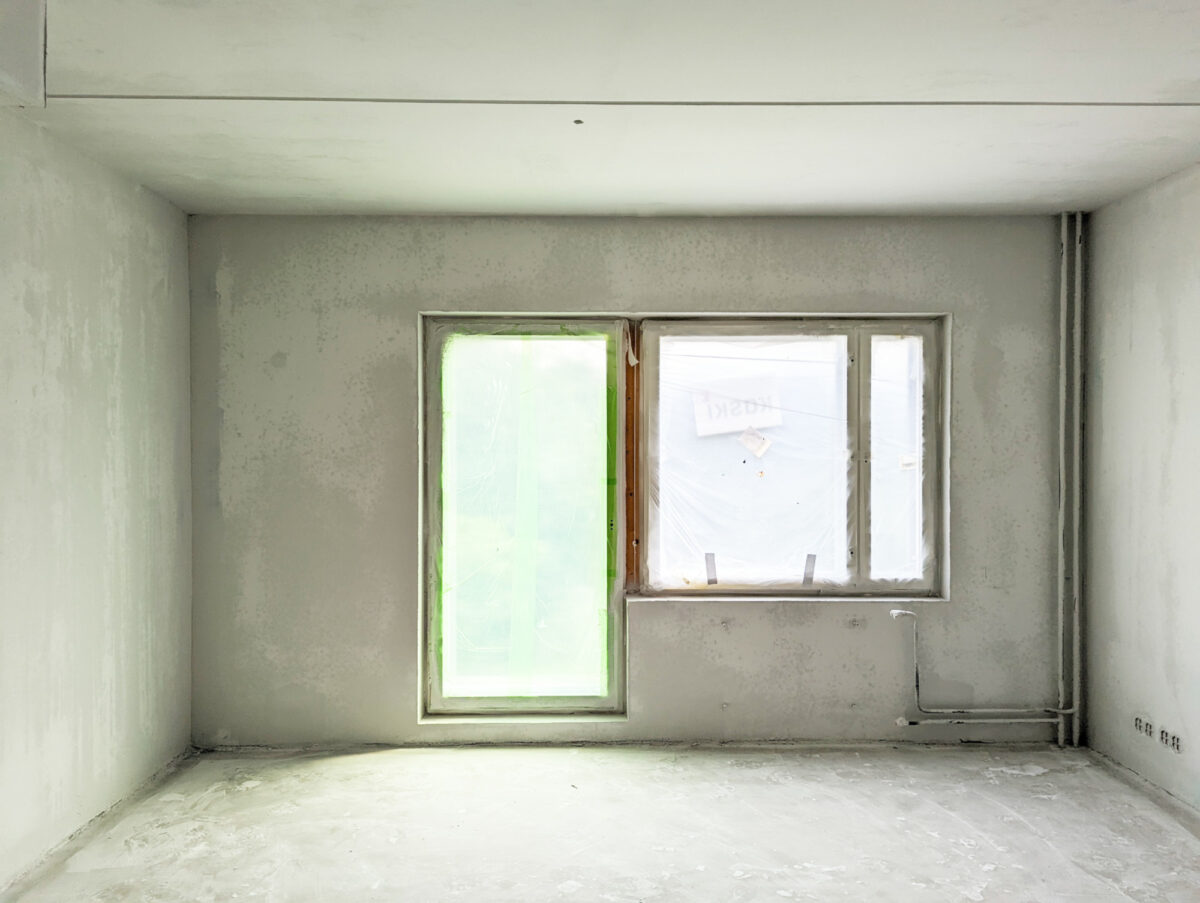
Monitoring consumption is also beneficial for the climate
Construction carbon emissions can be cut by monitoring energy use more closely.
Jari Hämäläinen’s diploma thesis on the energy study of construction sites studied the carbon footprint of different construction sites. In one case, 556,500 KWh of energy were used to heat and dry a six-storey apartment building, resulting in total carbon dioxide emissions of 121,130 kilograms (kg CO2). District heating was the most used source, with emissions of 59222 kg CO2.
Contact us to learn how you can use Kaltiot Smart Tracker to monitor heating, optimize energy usage and save significantly on heating costs.


